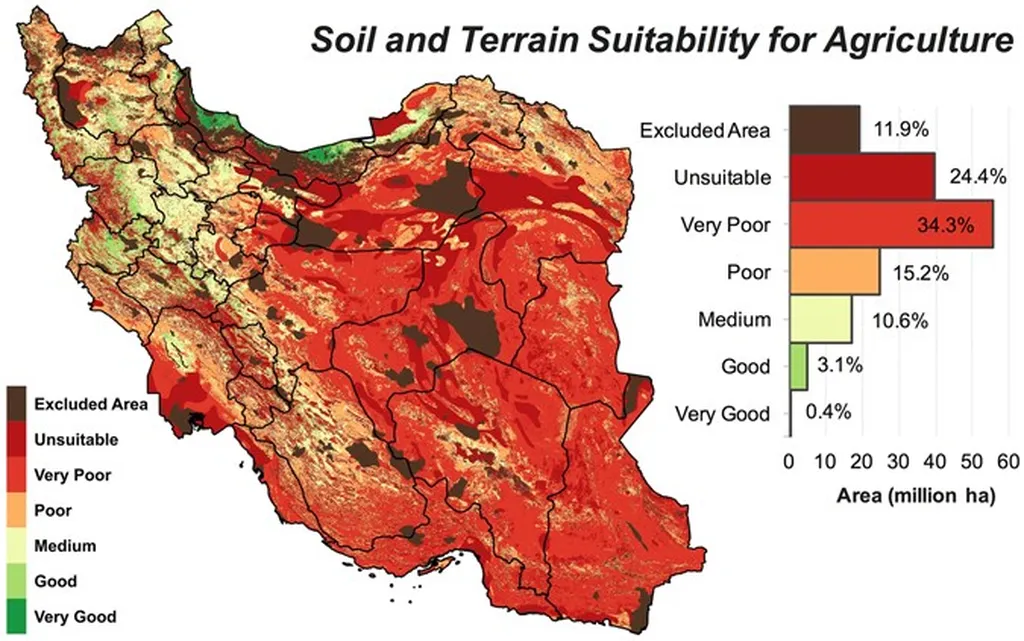In the arid expanses of Iran’s Sistan region, where water is a precious commodity and droughts are a constant threat, a groundbreaking study is offering new hope for sustainable forage production. Led by Jamshid Piri from the Department of Water Engineering at the University of Zabol, the research published in the Journal of Agriculture and Food Research, evaluates four forage crop systems—Kochia, Millet, Sorghum, and Barley—using an innovative approach that integrates emergy analysis with Monte Carlo uncertainty modeling.
The study introduces novel sustainability indices tailored for water-limited agricultural environments, including the Water Efficiency Index, the Climate Resilience Factor, and the Integrated Sustainability Index. These indices provide a comprehensive framework for assessing the environmental and economic sustainability of forage crops in arid regions.
According to the Monte Carlo simulations, which ran 10,000 iterations to account for uncertainties, Barley emerged as the top performer with a 67% probability of ranking first in overall sustainability. However, the study also revealed that Millet demonstrated superior environmental performance, while Kochia showed exceptional climate resilience. “Our findings suggest that a diversified strategy, rather than relying on a single crop, is key to optimizing sustainability in water-limited agricultural systems,” Piri explained.
The research highlights the importance of multi-objective optimization, indicating that allocating 30% of the forage system to Barley, along with other crops, can enhance overall system sustainability. This approach provides agricultural stakeholders with probabilistic decision-support tools, enabling them to adapt their forage systems to increasing water scarcity and climate uncertainty.
The implications of this research extend beyond Iran, offering valuable insights for other arid and semi-arid regions around the world. As climate change continues to exacerbate water scarcity, the need for sustainable and resilient agricultural practices becomes ever more critical. This study, published in the Journal of Agriculture and Food Research (known in English as the Journal of Agricultural Science and Food Research), provides a robust framework for evaluating and optimizing forage production in water-limited environments.
For the energy sector, the findings are particularly relevant. Sustainable forage production can contribute to the development of bioenergy crops, which are increasingly seen as a viable alternative to fossil fuels. By optimizing water use and enhancing climate resilience, the research paves the way for more sustainable and economically viable bioenergy production.
As we grapple with the challenges of climate change and water scarcity, studies like this one offer a beacon of hope. By providing a comprehensive and probabilistic assessment of forage crop systems, Piri and his team are equipping agricultural stakeholders with the tools they need to build more resilient and sustainable agricultural systems. The future of forage production in arid regions is looking brighter, thanks to innovative research and a commitment to sustainability.

